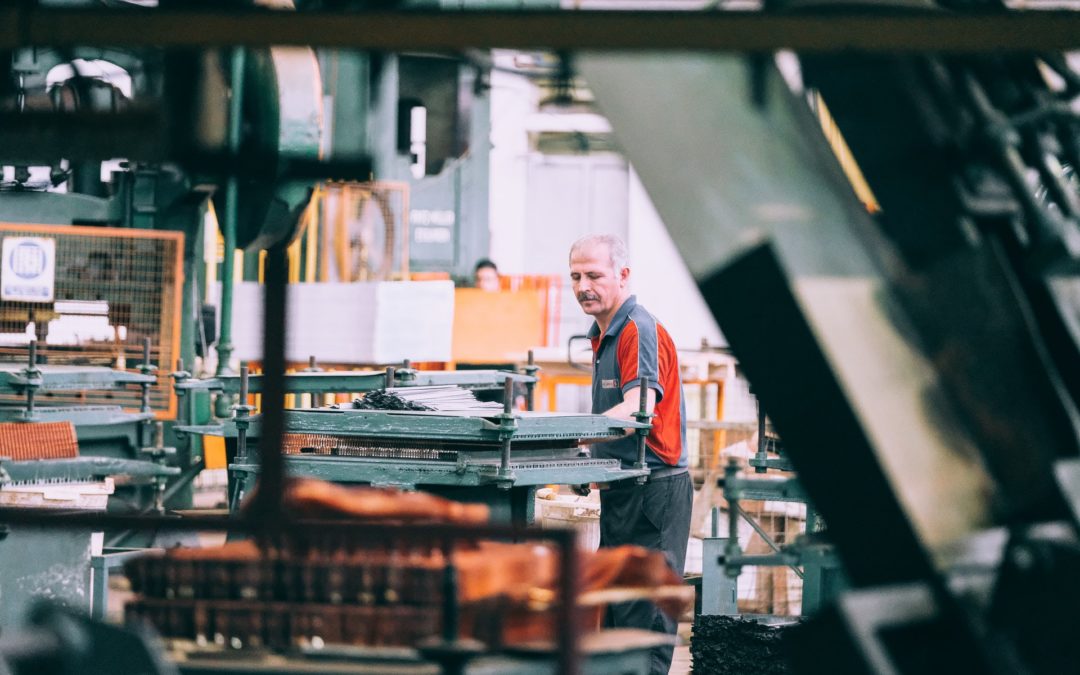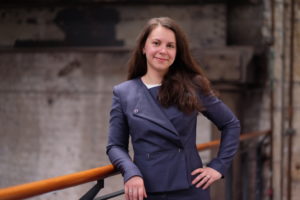
Why Corporate Entrepreneurship And Why Now?
Dec 6, 2021 | Gazette
Why Corporate Entrepreneurship And Why Now?
Monday, December 6, 2021, by Dr. Alex F. DeNoble

While conversing with a colleague recently, we somehow segued into a discussion about the concept of “punctuated equilibrium” (PE). He is an educator, and he was talking about the need to adapt our approaches to providing meaningful and impactful learning experiences for our students. Afterward, I began to dig deeper into the concept of punctuated equilibrium. I learned that the term evolved from paleontological literature. Scientists use this term to make sense of how a sudden exogenous factor can change the status quo of an entire ecosystem. In paleontology, they refer to dinosaur life before and after the sudden interruption caused by an asteroid striking the earth. Alas, some life forms went extinct because they could not adapt, while others flourished as they adapted to the new status quo.
Today, as a global society, we are faced with our form of punctuated equilibrium event brought on by a confluence of exogenous forces led by the COVID-19 pandemic and enhanced by intensified global concerns about the environment and climate change and demands for social justice through meaningful diversity equity and inclusion.
As I thought about it more, I began to divide the world into three distinct periods: 1) conceptually life before COVID-19; 2) life during COVID-19; and 3) an emerging “new normal” life as we learn to live with COVID and its many new variants. This new normal will profoundly affect how we will live, work and play in the near term future.
Like the dinosaurs, many companies went extinct during COVID -19 because the impact was too sudden and they could not react fast enough to survive. But for those companies and entrepreneurs who were able to hold on during quarantines, social distancing, and institutional closures, the challenge is not over. It has only just begun.
Now companies, both large and small, are anxiously trying to figure out what their own new normal will look like. No longer can they rely on the adage of “If it worked for us in the past, it would work for us in the future.” Instead, companies need to rethink their business models, processes, and traditional customer markets. What is needed now, more than ever, is the corporate entrepreneur, the innovator, the maverick initiator of change in an organization.
In this introductory article, I underscore the urgency for individuals with an entrepreneurial mindset and drive to reimagine our work environment and the markets that companies currently serve. Because Corporate Entrepreneurship is a complex process, it requires individuals who can draw on their confidence in their abilities to navigate the organization’s hierarchies and roadblocks. In addition, such individuals will need to develop effective social skills to overcome the obstacles that can impede their progress towards introducing new business and process ideas. In the months ahead, I will offer short articles on insights I have gained about Corporate Entrepreneurship through my research and interviews with many amazing people who have successfully navigated the corporate maze to bring their ideas to life. I hope you will enjoy the ride as much as I want to share my thoughts with you on this most critical topic. Until next time……









